
Langrishes Catholic Relief Act allows Catholics to practice law, and Protestants and Catholics to intermarry
The Roman Catholic Relief Act 1791 is an Act of the Parliament of Great Britain passed in 1791 relieving Roman Catholics of certain political, educational, and economic disabilities. It admitted Catholics to the practice of law, permitted the exercise of their religion, and the existence of their schools.
ireland
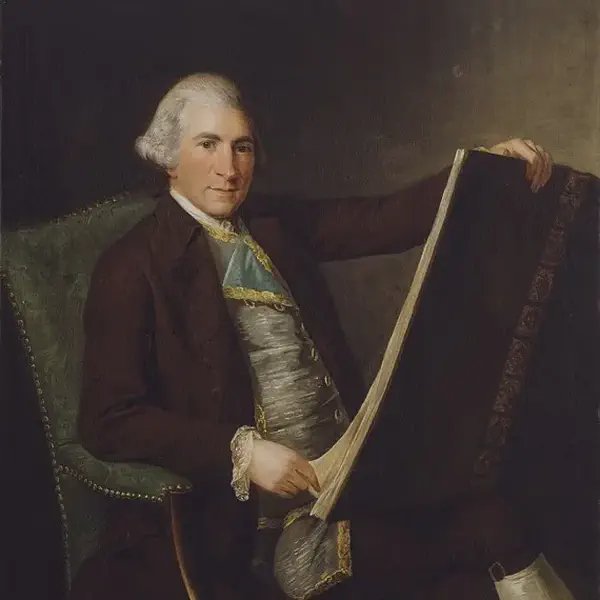
Robert Adam, Scottish architect, died.
Robert Adam, the renowned Scottish neoclassical architect, designer, and interior decorator, died on March 3, 1792. Born on July 3, 1728, in Kirkcaldy, Fife, Scotland, Adam became one of the most influential architects of the 18th century, both in Britain and beyond. His work had a profound impact on the development of Western architecture, and he is best known for his role in popularizing the neoclassical style, which drew inspiration from the classical art and architecture of Ancient Greece and Rome.
ireland

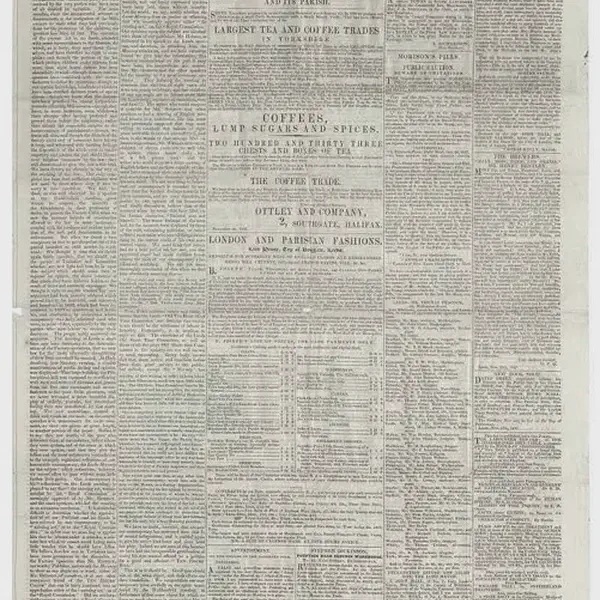
The Northern Star newpaper is published
“The Northern Star” was indeed a newspaper associated with the Society of United Irishmen, a significant political organization in Ireland during the late 18th century.
ireland
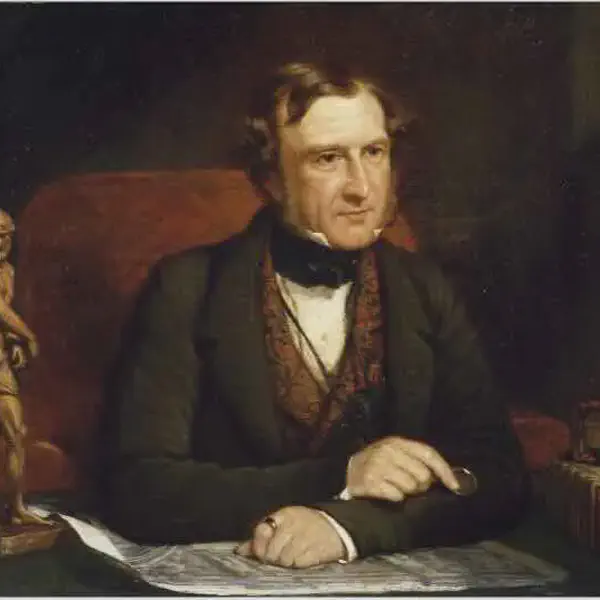
Sir Thomas Wyse, politician and diplomat, is born in St John, Co. Waterford
Sir Thomas Wyse KCB (24 December 1791 – 16 April 1862), an Irish politician and diplomat, belonged to a family claiming descent from a Devon squire, Andrew Wyse, who is said to have crossed over to Ireland during the reign of Henry II and obtained lands near Waterford, of which city thirty-three members of the family are said to have been mayors or other municipal officers: one, John Wyse, was Chief Baron of the Irish Exchequer in the 1490s.
ireland
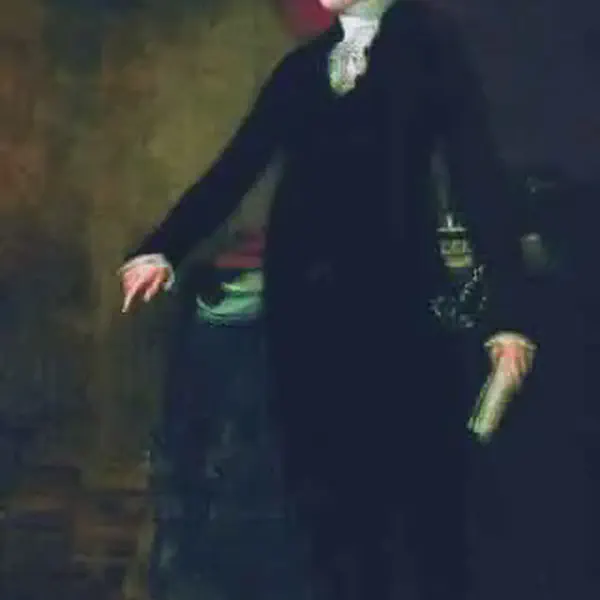
Henry Flood, promoted the movement for legislative independence in Ireland, died
Henry Flood (1732 – 2 December 1791) was an Irish statesman and Lord Chief Justice of the King’s Bench for Ireland. He was educated at Trinity College Dublin, and afterwards at Christ Church, Oxford, where he became proficient in the classics. He was a leading Irish politician, and a friend of Henry Grattan, the leader of the Irish Patriot Party.
ireland
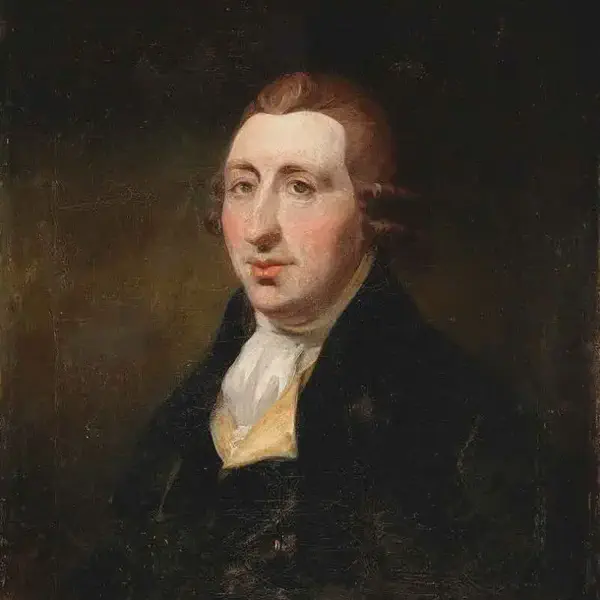
James Napper Tandy convenes the first meeting of Dublins United Irishmen
James Napper Tandy (February 1739 – 24 August 1803), known as Napper Tandy, was an Irish revolutionary and a founder of the United Irishmen. He experienced exile, first in the United States and then in France, for his role in attempting to advance a republican insurrection in Ireland with French assistance.
ireland

The Customs House opens in Dublin
The Customs House in Dublin, Ireland, officially opened on November 07, 1791. The Customs House was designed by the renowned Irish architect James Gandon and was constructed to serve as the headquarters for the collection of customs duties on goods imported and exported through the port of Dublin.
ireland